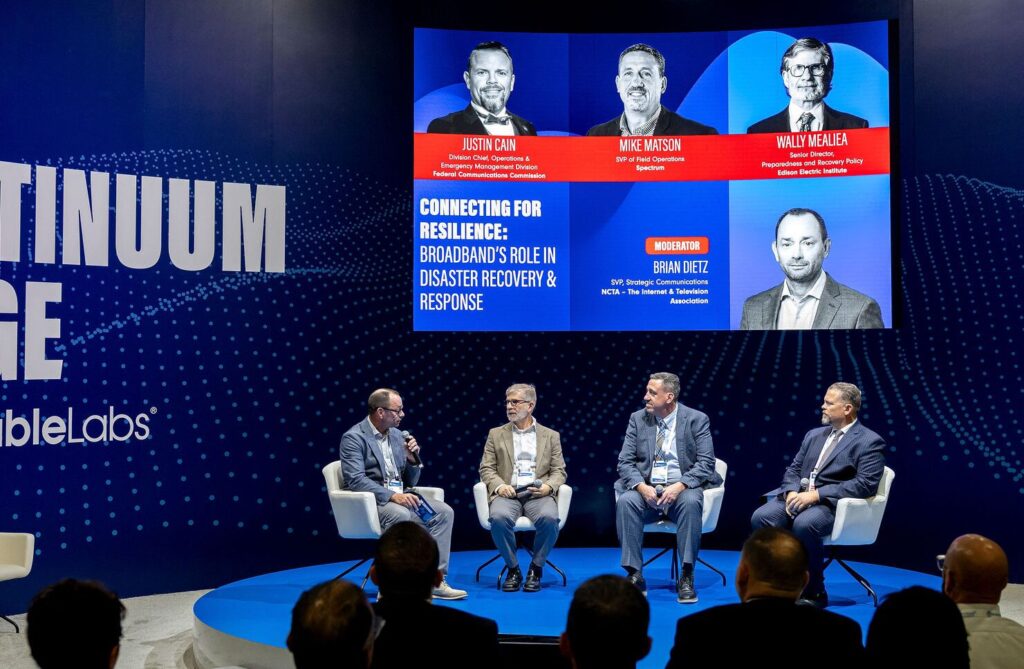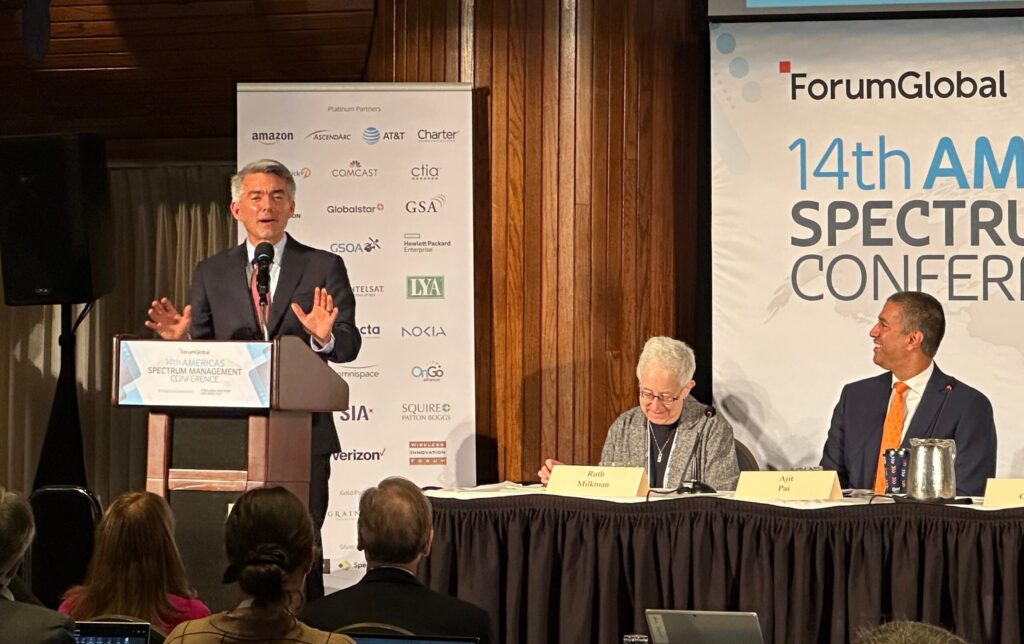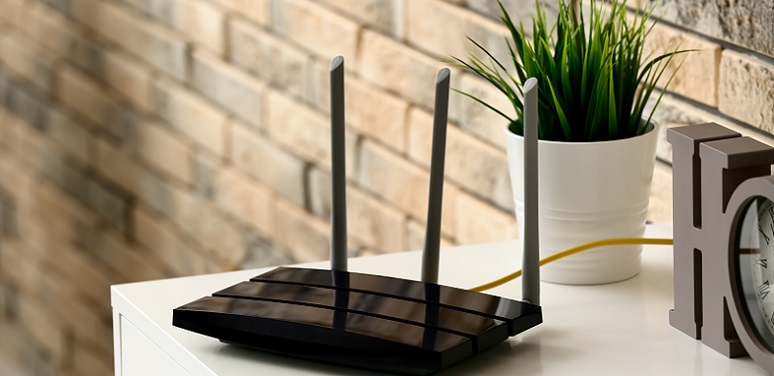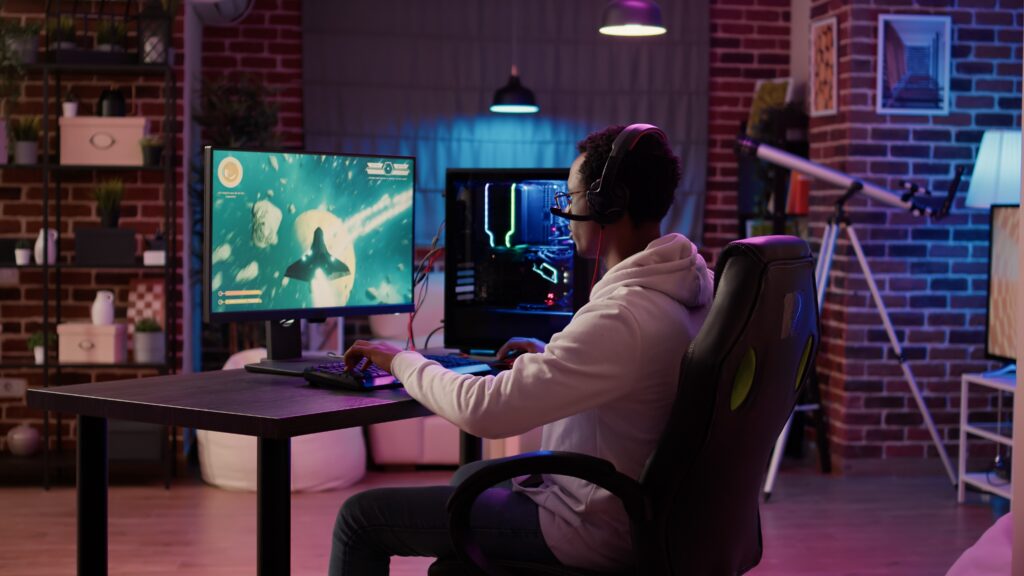Consumers used more than 100 million connected devices in 2017 to access multichannel video services without a set-top box
Washington, DC, August 9, 2018 – Consumers have saved $3.5 billion, and more than 20 million metric tons of carbon dioxide (CO2) emissions have been avoided as a result of the voluntary set-top box energy conservation agreement among pay-TV providers, manufacturers and energy efficiency advocates, according to a new report issued today by independent auditor D+R International. The energy saved during the first five years of this award-winning program is enough to power all homes in Los Angeles County with electricity for almost a year.
Signatories of the Voluntary Agreement include all of the major multichannel video service providers representing more than 93 percent of the U.S. multichannel video market (AT&T/DIRECTV, Comcast, Charter, DISH, Verizon, Cox, Cablevision, Frontier and CenturyLink), major manufacturers (ARRIS, Technicolor, and EchoStar Technologies) and energy-efficiency advocates (Natural Resources Defense Council and the American Council for an Energy-Efficient Economy (ACEEE)).
D+R found that the Voluntary Agreement has reduced national set-top box annual energy consumption by 34 percent since 2012, nearly enough to eliminate the annual generation produced by four typical 500-megawatt coal-run power plants. These energy savings have been achieved even as functionality and features of set-top boxes have increased significantly over this period.
Year-over-year energy savings increased by nearly 50 percent from 2016 to 2017 as the companies successfully completed their commitment to meet an even more rigorous set of energy efficiency levels that became applicable in 2017 under the terms of the agreement developed with the energy efficiency advocates and endorsed by the Department of Energy in 2013. In 2017, 97.5 percent of service providers’ set-top box purchases met these new levels, better than the 90 percent commitment under the Voluntary Agreement. D+R found that savings were also bolstered by the fact that nearly all digital video recorders (DVRs) in the field today were purchased under the Voluntary Agreement’s energy-efficiency standards, and that new DVR models now use an average of 46 percent less energy than the models purchased prior to the Voluntary Agreement.
“To date, the Voluntary Agreement has brought progress in set-top box energy efficiency – in the form of energy and cost savings – to more than 90 million US households,” said Jennifer Amann, Buildings Program Director for the American Council for an Energy-Efficient Economy (ACEEE). “We look forward to continuing to work with the industry to ensure ongoing improvements to set top boxes and related advances will save consumers even more on energy costs while reducing emissions.”
“The first generation of federal set-top box energy regulations that was considered by the Department of Energy in 2013 by law could not have become effective until this year, and adoption of such rules could have impaired innovation in new equipment and services,” said Doug Johnson, CTA’s vice president of technology policy. “By contrast, the Voluntary Agreement is already moving toward its third generation of improved energy standards, has already saved consumers billions of dollars, and has facilitated the rollout of new services such as cloud DVR, multi-room services, and 4K Ultra High Definition set-top boxes.”
According to Noah Horowitz, Senior Scientist at the Natural Resources Defense Council (NRDC), “The cable, satellite and telephone companies have made significant progress in bringing down the energy use of the set-top boxes they place in our homes. The energy savings verified by D+R’s report are a big deal, and even more promising is the industry drive toward apps where consumers can access both live and recorded programming directly on their new Smart TV or via a device that uses very little power like an Apple TV or Roku stick that they purchase. This eliminates the need for a set-top box from their service provider and the energy costs and resultant pollution that come with it.”
To track the progress of energy savings resulting from the service providers’ apps, the revisions to the Voluntary Agreement adopted in 2018 as part of a four-year extension of its commitments required that the service providers to report the actual number of unique customer-owned devices that were used in the prior year to access their apps, such as Smart TVs, low-power sticks or other devices that connect to TVs, tablets, smartphones, and personal computers. D+R’s report shows that consumers used nearly 103 million of these devices to access the providers’ video services in 2017,[1] compared to an estimated 207 million set-top boxes still in the field. Some of these devices are used in addition to set-top boxes, such as viewing on smartphones outside the home, while other use cases can replace set-top boxes, such as viewing on tablets in rooms where the customer might have placed another television, or on SmartTVs or connected TVs without a set-top box. Every signatory supported apps, each on between four and fourteen different retail platforms, such as Samsung, LG, Roku and Roku TV, Apple TV, Android TV, Amazon Fire TV and Kindle Fire HD, Google Chromecast, Android and iOS tablets and smartphones, Xbox One, and personal computers. Additional platforms are under development, such as through Comcast’s Xfinity TV Partner Program that is open to all platforms that support an HTML5 browser.
“The new data on consumer usage of apps shows that multichannel video providers have been successful in making their services available on a wide variety of retail devices in lieu of set-top boxes,” said Neal Goldberg, NCTA’s General Counsel. “One third of all devices used by consumers to access MVPD services in 2017 were not operator-provided set-top boxes, and as that percentage continues to increase, consumers will save even more energy in addition to enjoying more choice in how they watch video.”
D+R confirmed the energy savings calculated in its report by reviewing data on every 2017 new set-top box purchase by pay-TV providers, backed up by an in-depth audit of one randomly selected service provider, as well as energy testing inside customer homes conducted by Intertek Testing Services NA Inc., an internationally recognized energy-testing firm.






